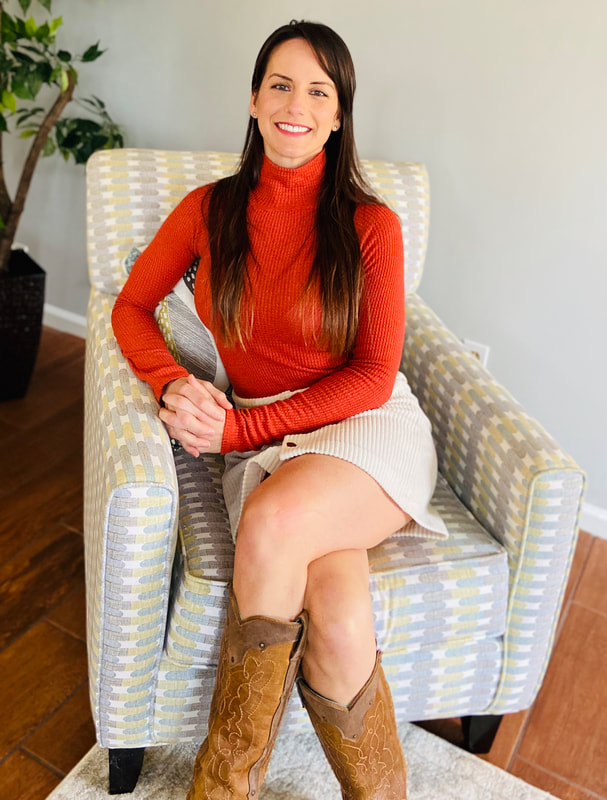|
The structure of a Socratic seminar is pretty easy to establish and keep up with in the classroom. It includes student preparation, two circles (inner and outer), keeping time, a writing reflection and a tracking sheet.
Student Preparation is reading the night before and taking notes. There are a thousand ways you could have kids take notes when they read, but the point is for them to think about the text as they read. I don’t suggest surface level questions such as, what was Isabella’s best friend’s name and how did they meet. If I am going to have kids answer comprehension questions while they read then I want those questions to not be written directly in the book. In sixth grade, the challenge is inferencing and predicting character motive. But, it’s also very time consuming to ask specific questions like that, so I won’t always do that. Sometimes I will ask them to find a part in the chapters that really struck them and then reflect on it. I.e. why do you think this went down the way it did? Did it have to happen that way? I also like for them to come to the circle with questions, so I usually have students write at least one discussion question to bring to the group. Other times I will ask for them to tell me about the conflict the character is facing and do you think the character’s reaction was valid?
Inner and Outer Circles are formed. I group the kids in two and designate them as the first inner circle and the first outer circle for the period. Students in the inner circle will sit on the carpet and the outer circle students will sit in chairs around the inner circle.
The timing is somewhat tricky. The first thing the students do is form the two circles and place their homework out in front of them. Now there are a bunch of different ways I have checked homework, but I have found that checking it at the end during the writing reflection time is the best. Depending on the class, I will check it before we start the circle which eats up time, but sometimes it’s necessary to keep kids honest. Next, I set a timer for 15 minutes and run the first inner circle and then the second circle for another 15 minutes. Ideally by the time we end both circles, it’s been 35 minutes of class time. The writing reflection is done after both circles discuss and should be about 15 minutes (if you have 50 minute periods). I like to present a central question to the class as a discussion piece that takes up most of the conversation and then after the Socratic seminar, the students go back to their seats and respond, in writing, to the central question.
I use a simple tracking sheet to keep track of student responses. I have a coding system I use on a regular record keeping sheet. Each day I write the date, class period and pages read that we are discussing at the top of the sheet. I keep the sheets on a clipboard and every time a student contributes to the conversation, I mark their input.
Tracking Codes P - prediction C - connection I - inference Q - question (to clarify) DQ - discussion question R - retell T - off task U - unprepared
If things go as planned (ha! but seriously, after a while this feels routine to kids and they show up in big ways) then the entire process should take about 50 minutes. It's a perfect setup for anyone who does not have block scheduling. If you do have block scheduling then I'm jealous! You get to delve deep into the writing reflection with the kids as I think any more time than the planned 15-18 minutes for conversation is too much for kids.
Still not sure where to start?
1 Comment
|
Julia GrahamDaughter of the King, wife and mother, former upper elementary teacher, curriculum and course developer Archives
March 2023
Categories
All
|
Pages |
Resources |
|



 RSS Feed
RSS Feed